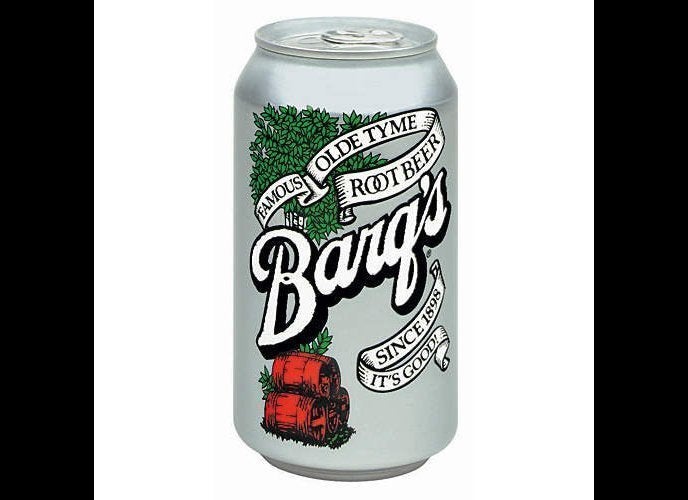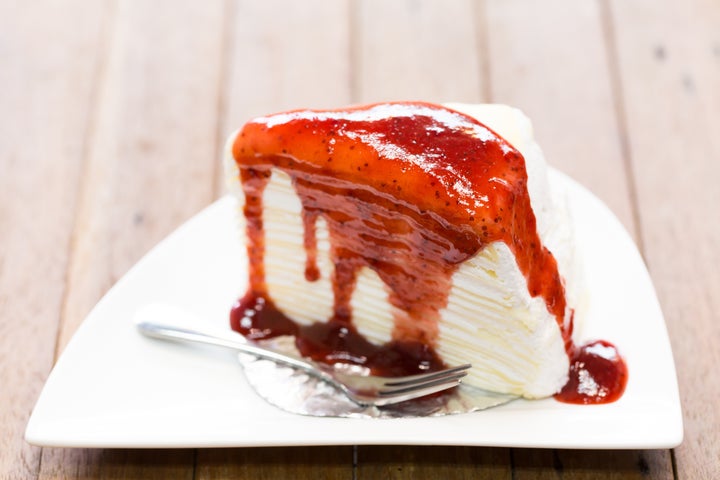
March 7 (Reuters) - U.S. adults have been eating steadily fewer calories for almost a decade, despite the continued increase in obesity rates, according to survey data from the Centers for Disease Control and Prevention (CDC).
Researchers, whose findings appeared in the American Journal of Clinical Nutrition, analyzed trends since the 1970s and found that among adults, average daily energy intake rose by a total of 314 calories from 1971 to 2003, then fell by 74 calories between 2003 and 2010.
"It's hard to reconcile what these data show, and what is happening with the prevalence of obesity," said co-author William Dietz, former CDC director of Nutrition, Physical Activity and Obesity, to Reuters Health.
"Seventy-four calories is a lot, and as I said before, we would expect to see a measurable impact on obesity."
Nevertheless, about 35 percent of U.S. adult women are obese, and that percentage has held steady since 1999, according to the CDC. For men, obesity has risen from 27 percent to 35 percent over the same time period.
Dietz said he would have expected obesity rates to have leveled off for both sexes and to be decreasing at this point, if people are consuming fewer calories.
Experts said it's possible more time is needed to see obesity rates respond to changes in calorie intake. It's also possible that Americans have changed their eating habits but are still not getting enough exercise to burn the calories they do consume. Or, the surveys may simply be wrong.
"If you cut back on calories by 100 calories, you'll plateau 10 pounds (4.5 kg) lower," but you'd only see about half of that progress over the first year, said Claire Wang, who studies energy intake and expenditure at the Columbia University Mailman School of Public Health.
There wouldn't be an immediate reduction in obesity at the population level, added Wang, who was not involved in the study.
She believes the change in calorie consumption could be due to more awareness of sugary drinks and added sugar, and that awareness campaigns such as efforts by the White House to promote healthier eating are working.
But by now, "people should be losing weight," Dietz said. The fact that they are not could be bad news, because it could mean people are burning fewer calories with exercise.
It's also possible that increased awareness of unhealthy foods has caused people to be embarrassed about eating junk foods or drinking sodas, so they may still be eating those foods but are less likely to admit to it on a survey, Dietz added. SOURCE: http://bit.ly/XUJ7Dg (Reporting from New York by Kathryn Doyle at Reuters Health; editing by Elaine Lies)
Related
Before You Go
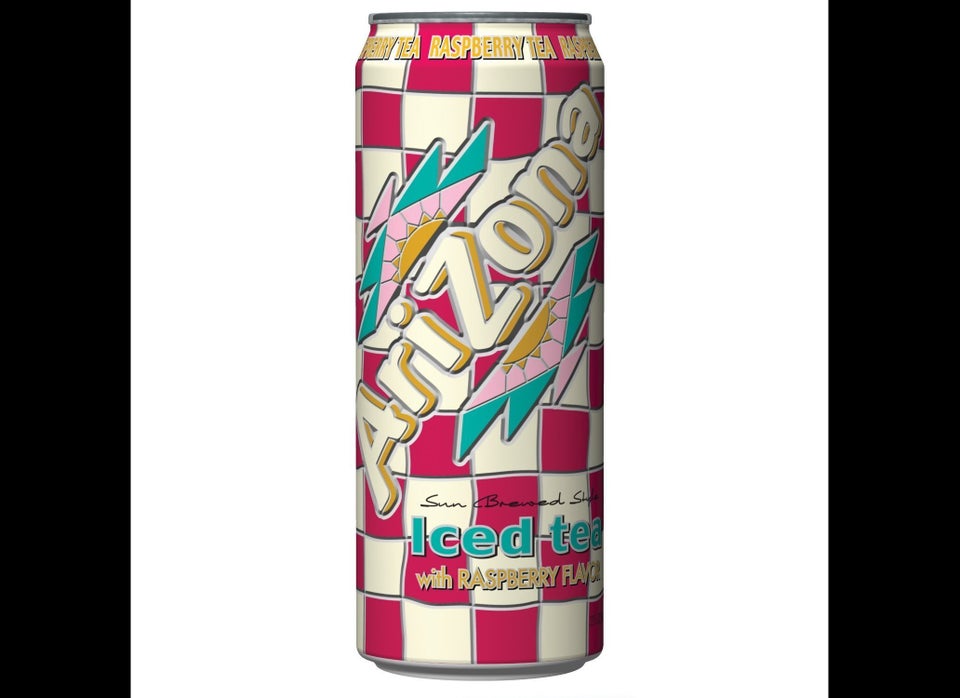
Photo from Amazon.com

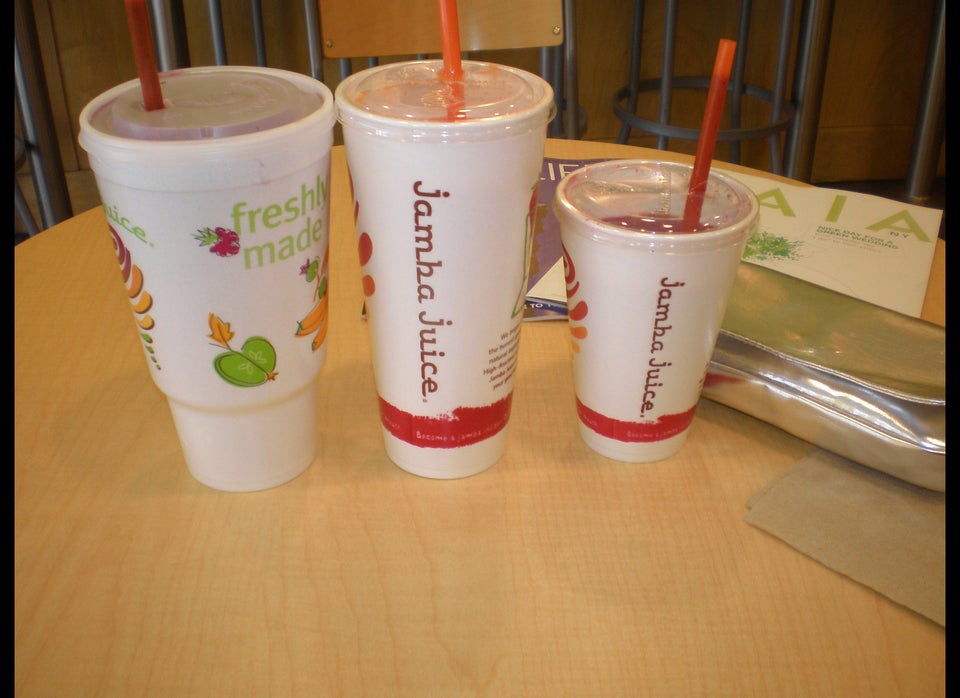
Flickr photo by libookperson
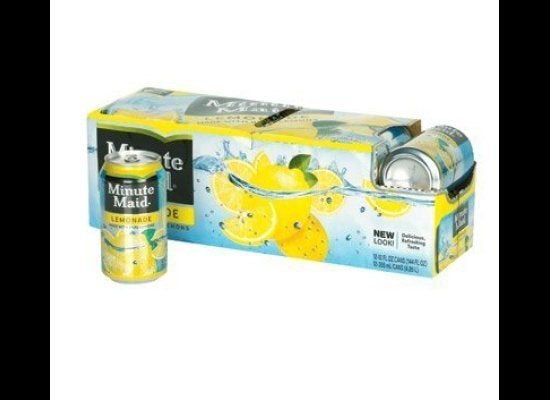
Photo from Amazon.com
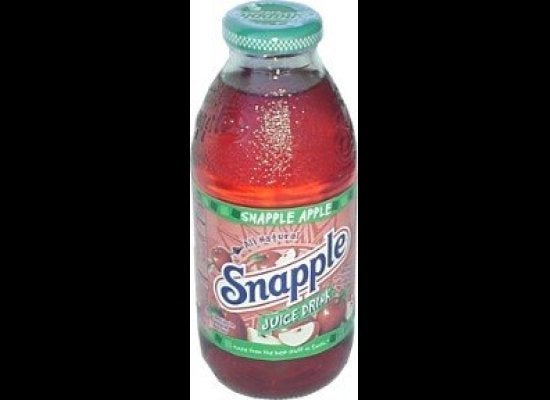
Photo from Amazon.com
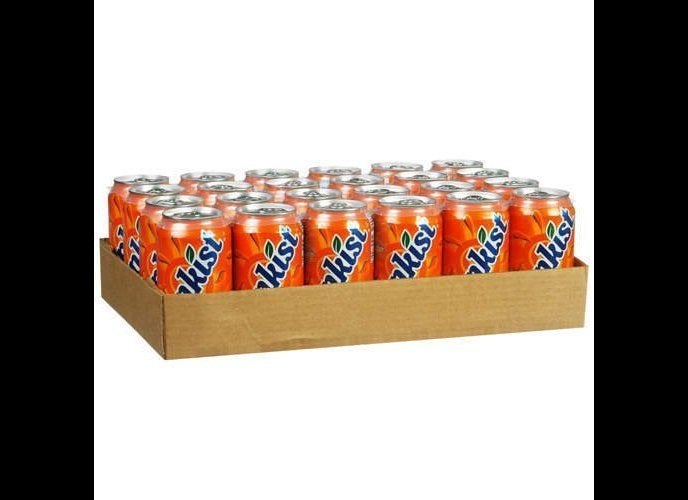
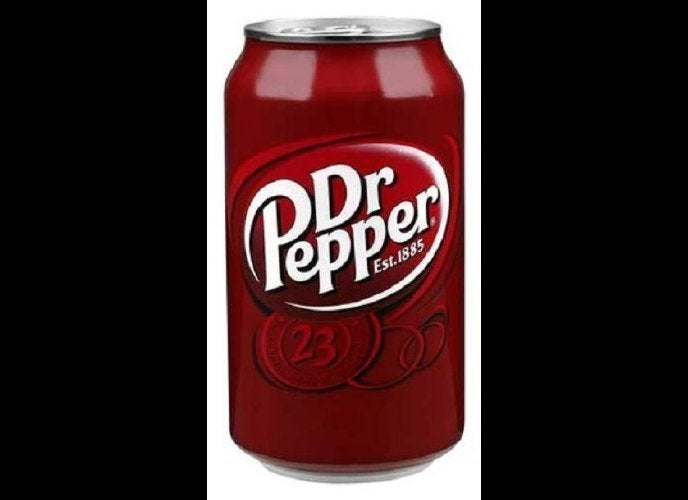
Photo from Amazon.com

Flickr photo by ReneS
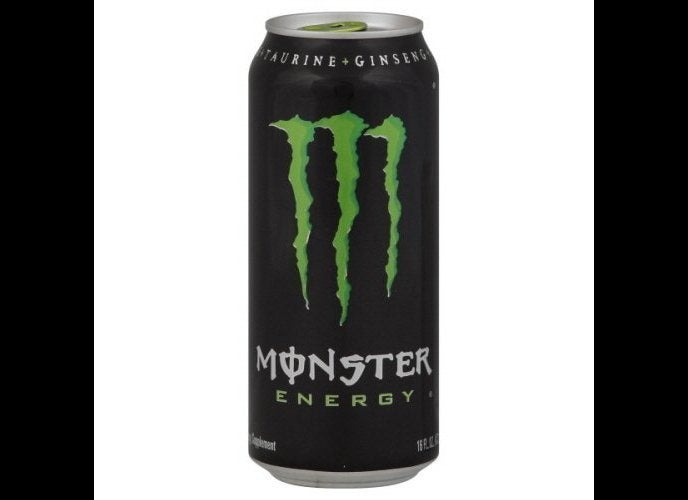
Photo from Amazon.com

Photo from Amazon.com

